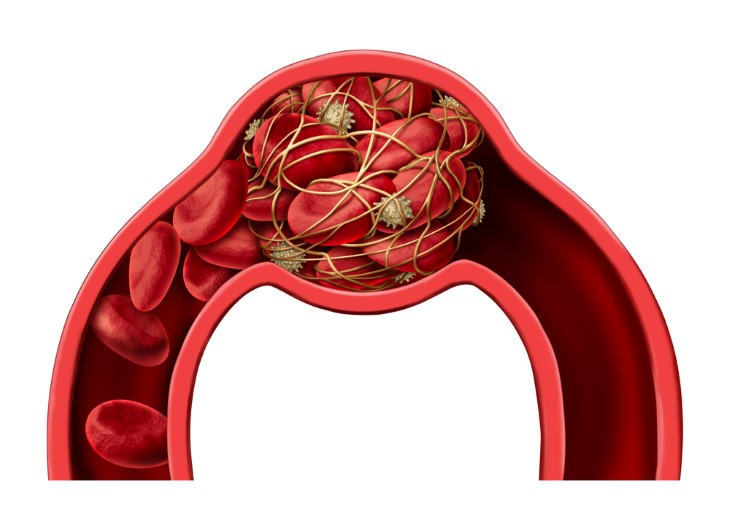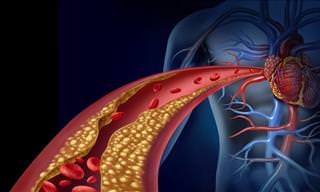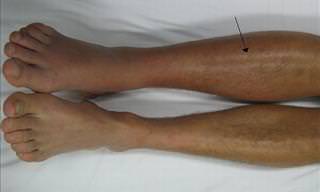Deep Vein Thrombosis (DVT) is a medical condition where a blood clot forms in a deep vein, typically in the legs. This can lead to pain, swelling, and in severe cases, can cause clots to break free and travel to vital organs, such as the lungs, leading to life-threatening complications. Recognizing the factors that increase the risk of DVT and adopting preventive measures is crucial for maintaining vascular health.

Risk Factors for DVT
Here are the factors that can elevate your risk of developing DVT:

- Obesity: Obesity is a significant risk factor for DVT. Excess weight, especially around the abdomen, can exert additional pressure on the veins in the pelvis and legs, impeding blood flow back to the heart. This can lead to blood pooling and clot formation. Furthermore, obesity alters the chemical composition of the blood, increasing its propensity to clot. Managing weight through diet, exercise, and lifestyle changes can help reduce the risk of DVT and improve overall health.
- Health Conditions: Diseases like heart disease, lung disease, inflammatory bowel disease, and cancer can elevate DVT risk.
- Injury or Surgery: Physical trauma, such as a bone fracture or muscle injury, can damage blood vessels and lead to clot formation. Similarly, surgeries, particularly those involving the abdomen, pelvis, hip, or legs, can increase the risk of DVT due to immobility during recovery and potential damage to blood vessels. Taking preventive measures, such as using compression stockings or medication for blood thinning as recommended by healthcare providers, can help reduce this risk.
- Chronic diseases: Certain chronic conditions, such as heart disease, cancer, and inflammatory bowel disease, can increase the risk of DVT. These diseases can alter blood flow, contribute to inflammation, and affect the blood's ability to clot. For instance, cancer and its treatments can increase clotting factors in the blood, while heart disease can lead to reduced mobility and blood flow. Managing these conditions with the guidance of healthcare professionals is crucial for minimizing DVT risk.
- Inflammatory Diseases: Conditions like inflammatory bowel disease (IBD) not only disrupt the digestive tract but also contribute to a systemic inflammatory response. This state of heightened inflammation can increase the risk of blood clot formation. Managing inflammation through appropriate treatments and lifestyle changes is crucial.
Strategies to Lower DVT Risk
While some risk factors for DVT cannot be modified, several strategies can help mitigate the risk:
- Avoid Prolonged Immobility: Stand, stretch, or walk at least every 2 hours. Perform simple leg exercises even while seated. If you work at a desk or engage in activities that require sitting for extended periods, integrate short breaks into your routine. Use a timer as a reminder to stand up or stretch every hour. Even minimal movements, such as ankle circles or foot pumps, can stimulate blood flow in your legs.

- Post-Surgery Mobility: After surgery, particularly operations involving the abdomen, pelvis, hip, or legs, it's crucial to start moving as soon as medically advised. Gentle exercises, like ankle pumps, knee bends, and leg lifts, can be performed even in bed. These movements help in maintaining circulation and preventing blood clots.
- Medical Consultation: Discuss with a healthcare provider about the potential need for blood thinners or compression stockings if at high risk.
- Travel Precautions: During long flights or car rides, make it a point to stand or walk around every couple of hours. Choose seats that offer more legroom when possible, and perform seated exercises like foot lifts or knee bends. Wearing loose, comfortable clothing and staying hydrated are essential, while avoiding alcohol and caffeine, which can lead to dehydration.
- Stay Active: Regular physical activity is beneficial for overall health and plays a key role in preventing DVT. Activities like walking, swimming, or cycling improve circulation and vein health. Aim for at least 30 minutes of moderate exercise most days of the week. Even those with limited mobility can find suitable exercises to keep blood flowing efficiently.
- Health Management: Addressing obesity, quitting smoking, and managing chronic diseases are crucial steps in reducing DVT risk.
- Lifestyle Adjustments: For individuals who are overweight, losing weight can significantly reduce the pressure on veins in the legs and improve blood flow. Quitting smoking is also crucial, as smoking affects blood circulation and increases the risk of clotting. Managing chronic conditions such as diabetes, high blood pressure, and heart disease through medication, diet, and exercise is vital in reducing the risk of DVT.
- Proactive Health Checks: For those with a high risk of DVT, regular check-ups and screenings can be lifesaving. This includes monitoring for any signs of clotting disorders, reviewing medication impacts, and assessing the need for preventive measures like compression garments or anticoagulants.
 Go to BabaMail
Go to BabaMail



























